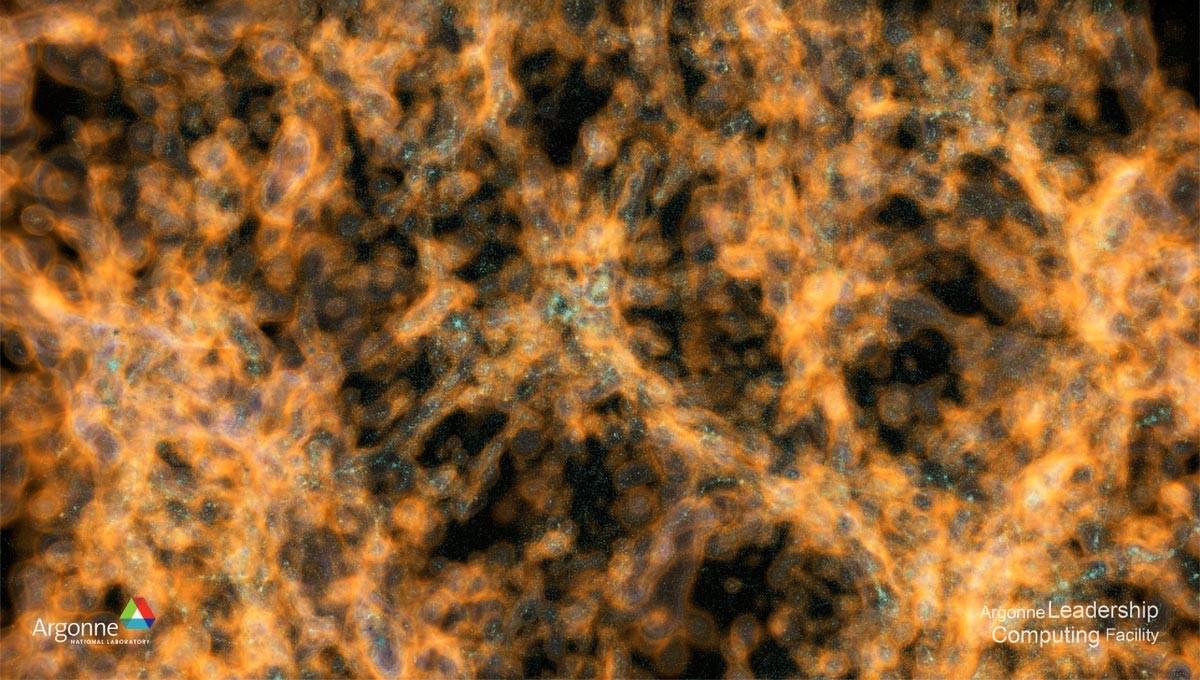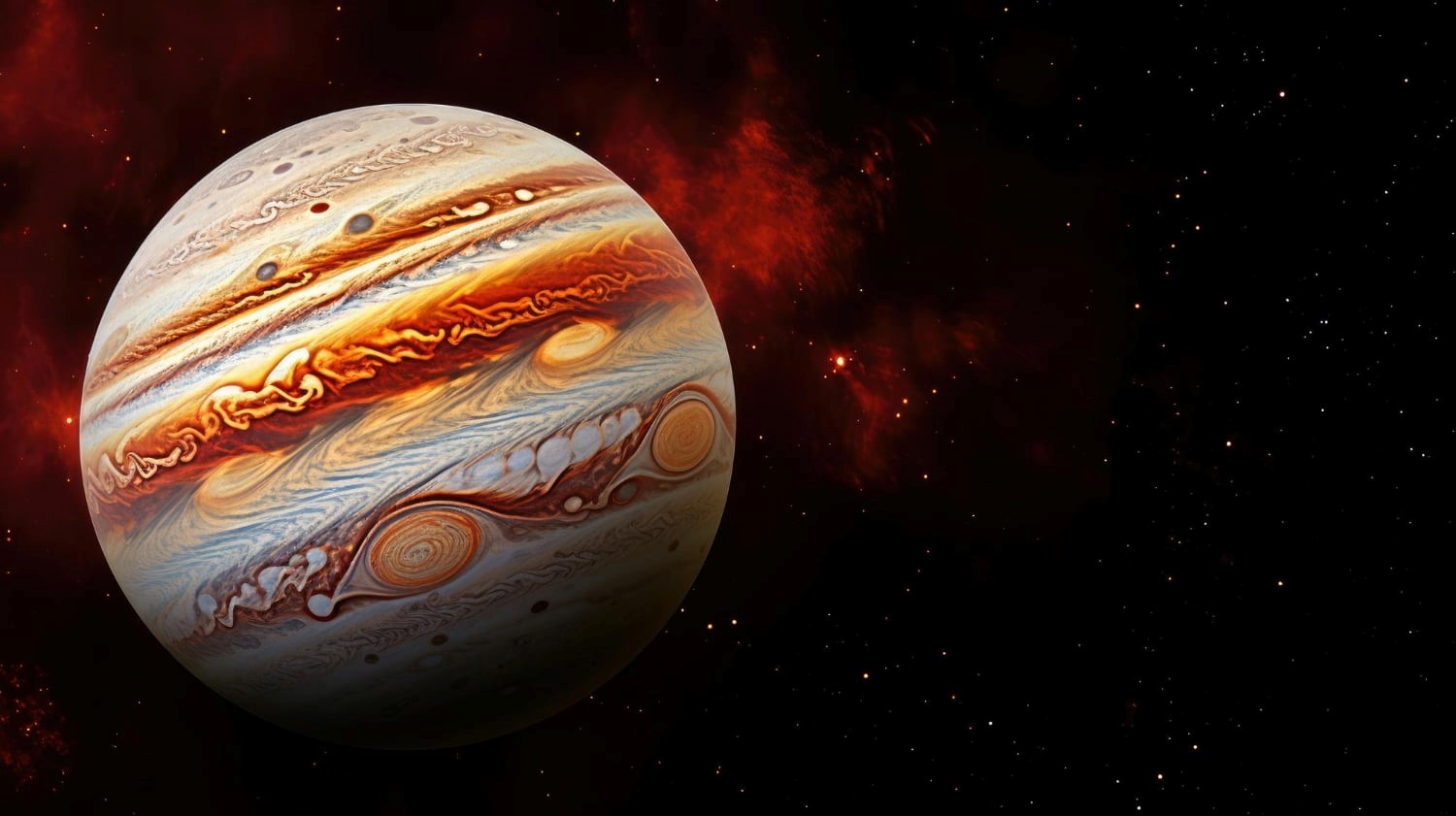Rover Discovery Unveils Mysterious Martian Stone: Scientists Stunned by Potential Alien Clues
Pale rocks on Mars are revealing clues about the planet’s watery past and the possibility of life.
Sometimes, scientific breakthroughs come from hard work and persistence, and sometimes, a robot uncovers a hidden gem. That’s what happened when Mars expert Roger Wiens, a professor at Purdue University, had NASA’s Perseverance rover fire its laser at some unusually pale rocks on the Martian surface. The laser revealed that these rocks contained high levels of aluminum linked to the mineral kaolinite.
While this was intriguing on its own, the discovery became even more fascinating because kaolinite typically forms in warm, wet environments. This finding, published in Nature Communications Earth & Environment, suggests that Mars may have been warmer, wetter, and more unique than scientists previously believed.

Figure 1. NASA Rover Finds Kaolinite on Mars, Hinting at a Once Habitable Past
Roger Wiens explained that on Earth, minerals like kaolinite form in environments with heavy rainfall and warm climates, or in hydrothermal systems like hot springs—conditions that are ideal for life as we know it. “These minerals are what remain when rocks have been exposed to flowing water for eons. Over time, warm water dissolves most elements, leaving behind only those that are highly insoluble, which is what we found on Mars,” he said [1]. “It’s fascinating and unexpected to find such minerals on a cold, dry planet like Mars.” Figure 1 shows NASA Rover Finds Kaolinite on Mars, Hinting at a Once Habitable Past.
Rover: The Rock-Hunting Explorer
Roger Wiens, who has worked with Mars rovers for decades, played a key role in developing Perseverance's SuperCam—a blocky projection on the rover resembling a quadruped's head and neck. SuperCam, created through an international collaboration, analyzes the Martian surface using a suite of techniques. Wiens now leads the team making discoveries with SuperCam.
The team first noticed small, pale pebbles on the Martian surface after the rover's landing but was too focused on other tasks to investigate them. Eventually, they observed larger rocks of similar color on the surface, called "float rocks" by geologists because they are not part of the underlying bedrock. When SuperCam’s laser analyzed these rocks, the team realized they had found something remarkable.
“These rocks are very different from anything we’ve seen on Mars before,” Wiens remarked, calling them “enigmas.” Wiens’ team, including Candice Bedford, Clement Royer, and Briony Horgan, analyzed over 4,000 of these white rocks and pebbles found scattered across the surface. Many of these rocks are made of kaolinite, a mineral that typically forms in warm, wet environments conducive to microbial life on Earth. Although the rocks are white, they are harder than expected, likely due to additional processes on Mars.
The rocks were also found to contain spinel, possibly aluminum spinel, which can form in igneous or metamorphic conditions and may appear in sedimentary rocks. The team is still unsure whether the spinel formed before or after the kaolinite.
A Blue Mars Once Upon a Time
Wiens emphasized that the key questions surrounding Mars revolve around its history with water: How much was there, how long did it last, and where did it go? Kaolinite, the mineral found in the rocks, contains significant amounts of water in its structure, suggesting that much of Mars' water may still be trapped within these minerals.
Though these rocks were found as loose fragments rather than in their original bedrock position, satellite images show kaolinite-rich rocks on the rim of Jezero crater [2]. Bedford, co-lead author of the study, explained that investigating these rocks in their original location will help test hypotheses about their formation and Mars' ancient environment, offering potential clues about the planet's habitability. Understanding Mars' past could lead to discoveries about ancient extraterrestrial life and provide insights for future exploration, as life, as we know it, depends on water.
Reference:
- https://scitechdaily.com/alien-clues-in-strange-martian-stone-scientists-stunned-by-rover-discovery/
- https://hrinabox.com.au/alien-clues-in-strange-martian-stone-scientists-stunned-by-rover-discovery-625.html
Cite this article:
Janani R (2025), Rover Discovery Unveils Mysterious Martian Stone: Scientists Stunned by Potential Alien Clues, AnaTechMaz, pp.295















